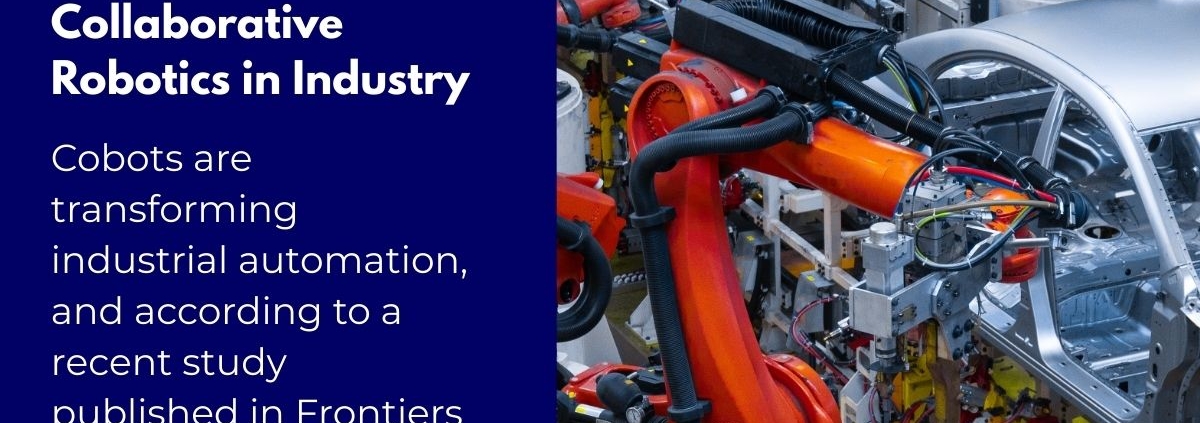Safety: The Key to Collaborative Robotics in Industry
In recent years, collaborative robots – widely known as cobots – have become one of the most promising technologies in industrial automation. Unlike traditional robots, which operate in isolated environments, cobots are designed to work side by side with people, providing flexibility, efficiency, and above all, safety.
A recent study published in Frontiers in Robotics and AI (2025) highlights that safety has emerged as the central focus of research and implementation of collaborative robotics in industry. This is no coincidence: as cobots become more integrated into workflows, companies and researchers are paying greater attention to ensuring reliable and secure interactions between humans and machines.
Why is safety so important in cobots?
-
Advanced sensors: Cobots can detect the slightest contact and stop automatically to avoid accidents.
-
Ergonomic design: Their structure often includes rounded edges, lightweight materials, and smooth movements to reduce risks.
-
International standards: Their use is increasingly regulated, pushing manufacturers to meet strict safety requirements.
-
Trust in the workplace: By minimizing hazards, organizations build environments where employees feel safe working alongside technology.
Beyond accident prevention
Safety in collaborative robotics goes far beyond avoiding incidents. It also enables higher productivity and better working conditions. When employees trust that their interactions with cobots are secure, they can focus on activities that add greater value: supervision, analysis, and continuous improvement.
The future of human-machine collaboration
The Frontiers in Robotics and AI study emphasizes that the focus on safety will only grow stronger. As Industry 5.0 continues to evolve, cobots will not only be productive tools but also key allies in creating work environments that are more human-centered, sustainable, and adaptable.



